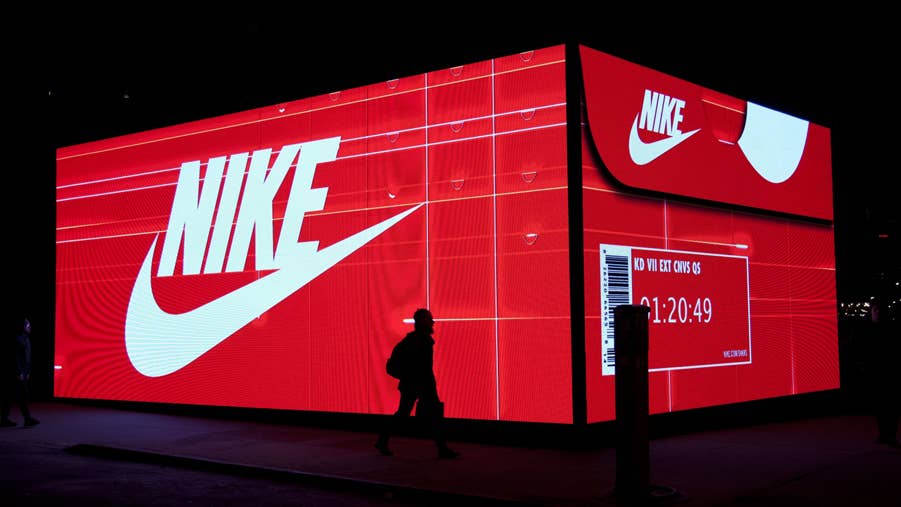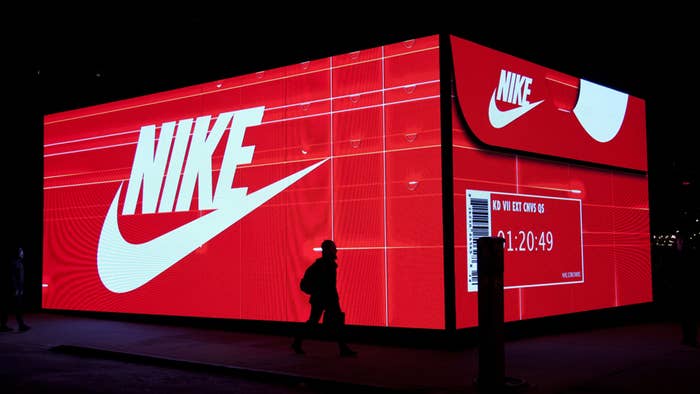
What actually happens when you try to buy a pair of limited-edition shoes on the Nike SNKRS app? What factors does that cruel algorithm consider while it decides your fate? How many people are you competing against? How many bots? How many pairs are actually available in these futile races we run, in-store or online, scrambling to successfully check out before the next person can? Who pulls the levers in the world of hype footwear, and can they be trusted?
These are the festering questions of today’s sneaker collectors. They found a flashpoint recently in the scandal around former Nike VP Ann Hebert, who resigned from her position after 25 years at the company this month following a Bloomberg Businessweek story about her familial connection to the sneaker resale world. The piece prompted speculation that the Nike exec had unfairly aided her son’s resale business by funneling him exclusive pairs, cheating regular consumers out of those sneakers in the process. The Hebert saga was preceded this year by a smaller-scale episode around the Trophy Room x Air Jordan 1, a shoe release many believe was compromised by Michael Jordan’s son Marcus, who was accused of selling thousands of pairs early directly to resellers.
The dissatisfaction and suspicion—founded or not—that the sneaker game is essentially rigged is not new. It has worsened for years, fueled in the last decade by the expansion of a resale market that encourages as many people as possible to participate. Platforms like StockX have made it easier than ever to flip shoes. Now, even mildly exciting pairs are quickly cleared out at retail and resold for the slimmest of margins. This adds an extra layer between consumer and brand, a middle man that charges a premium for access. It creates the feeling that only a privileged few can get the sneakers they want at their original retail price. These concerns have reached Nike’s CEO, John Donahoe, who acknowledged in an internal meeting last week that the brand needed to address the faltering confidence of some of its consumers.
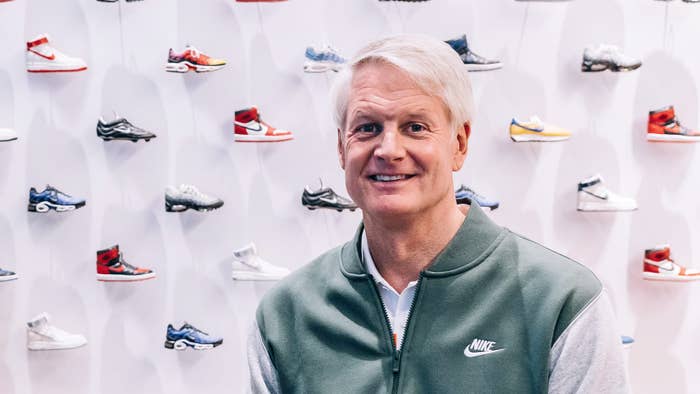
Donahoe portrayed the fallout around Hebert’s proximity to the resale world as not the root of frustration for Nike fans but a catalyst for it.
“This incident has sparked questions in some of our consumers about whether they can trust us, particularly around launch product,” he said in the meeting. “The reality is this incident wasn’t the cause of that; this incident was a little bit the trigger.”
Nike is now faced with the task of rebuilding this trust—Donahoe said in the same meeting, to an audience of over 3,000 Nike employees in the company’s North America geography, that it is the most important thing the brand needs to address. Doing so successfully will require the brand to reframe how it handles its most coveted shoes. To earn trust back, Nike will need to be more transparent with its releases and more willing to have a dialogue with the people it serves.
This level of communication does not come naturally to the brand. Nike, and sneaker companies in general, will acknowledge the collectors in their audience but seldom engage in honest exchange with them. Even the acknowledgement is a relatively new phenomenon—in the nearly 50-year history of Nike, the brand only really began marketing shoes specifically to sneakerheads in the early 2000s. The recognition, though, created a precedent. It told these people that they mattered. And if the brand wants to make shoes for people who obsess over shoes, it will be beholden to their reactions.
Nike welcomed them into a conversation most explicitly with the introduction of its SNKRS app, a product marketplace that debuted in 2015 and became the home for its biggest drops. Alongside the new releases there are features on sneaker collectors and details about the history of retro models. In its present state, SNKRS, which was in Hebert’s purview before her resignation, has editorial features that you might expect to see on a sneaker blog. The content is compelling despite the brand-safe veneer. SNKRS has become one of Nike’s most powerful tools to speak to the kind of people who organize their calendars around shoe release dates. It has not pushed Nike to truly speak with them about their concerns, though.
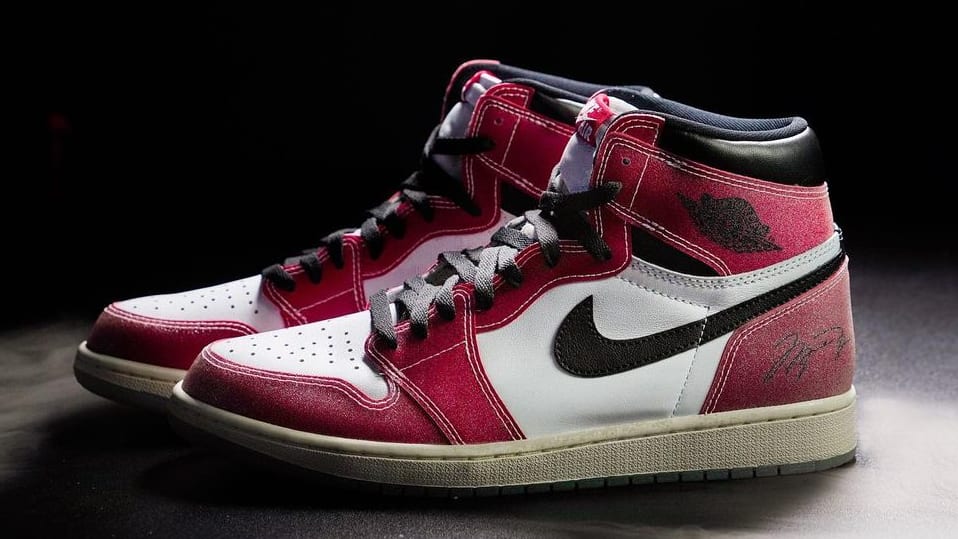
The SNKRS space allows for unilateral brand messaging, forcing people to scream their grievances elsewhere, as they do on social media every time they miss out on a shoe. SNKRS gave sneakerheads a base in Nike’s digital empire, but didn’t actually give them a place to talk freely.
Even though their voices have been heard in the wake of recent scandals, it’s difficult to imagine Nike providing the answers people want to hear. The brand didn’t respond to a request for comment on this story. Sources told Complex that most of the stock from Ann Hebert’s son’s sneaker resale business came from him using bots and not from his mother, but that didn’t do much to tame the accusations of nepotism. Telling customers exactly how much stock is available on SNKRS for each release and how many people are going after it might assuage fears of foul play, but that would require an undoing of Nike’s long-standing practice of keeping those details secret to best balance the scales of supply and demand. Employees are told to “Keep It Tight,” an internal policy that discourages them from sharing company information on social media.
These employees are not oblivious to the struggle of the common sneakerhead. As brands began to cater more to people who used sports footwear to say something about their identity, they began to hire some of those people. These are the same people who used to stand in line for shoes, who memorized Eastbay catalogs, who spent countless hours debating the merits of new silhouettes on sneaker message boards. It’s easy to dismiss Nike as being unbothered by the woes of SNKRS app users, but that position is reductive because it ignores the fact that many people inside the company come from sneakerhead backgrounds. They are SNKRS users themselves.
The app has become the scapegoat for anyone mad about not getting the sneakers they want, the easy subject of memes. It is emblematic of how hard it can be to buy sneakers right now, but it isn’t solely responsible for the state of things. It is not the true source of the problems people have buying limited-edition sneakers, nor is it the only place they run into these problems. The Adidas Confirmed app, a similar ecommerce destination, has drawn comparisons to SNKRS for its immediate sellouts. A website of a third-party retailer might crash during a big Nike launch, or a store may have to cancel a physical release due to safety concerns.
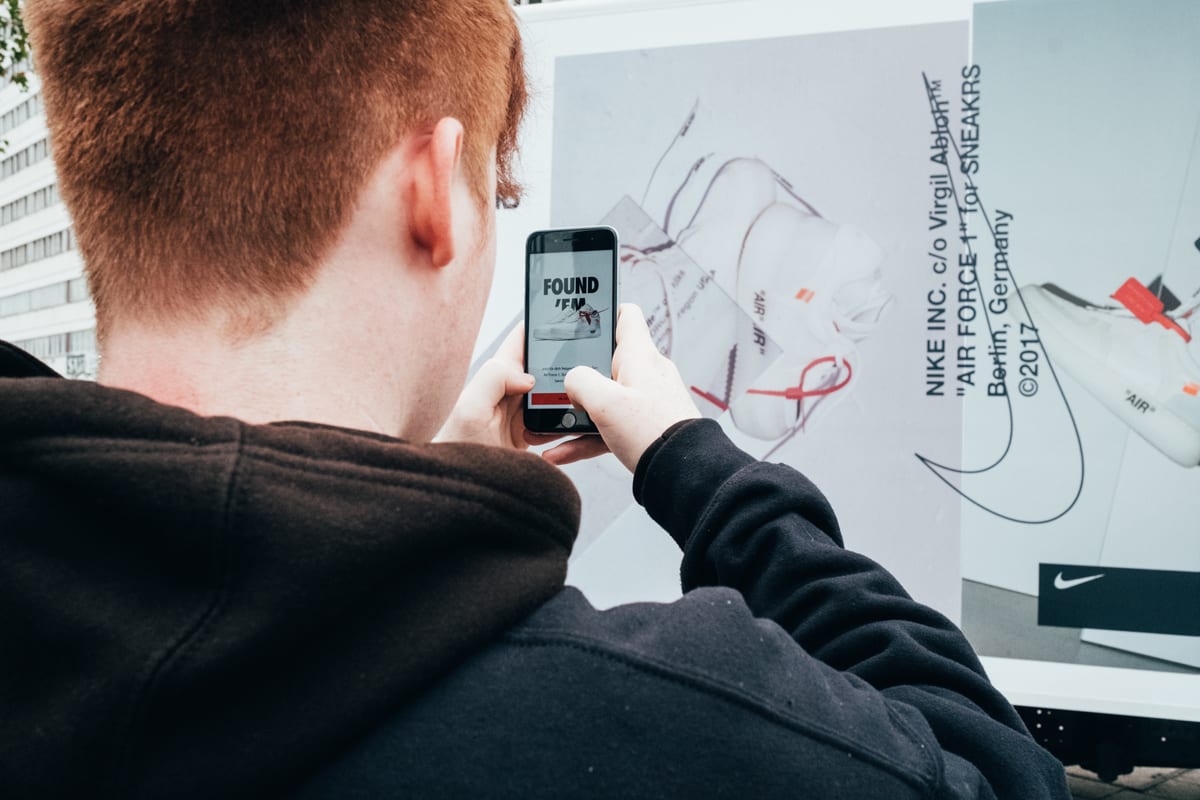
Even one of Nike’s employee-only websites for purchasing sneakers has faced a similar problem. The company added anti-bot measures to an internal promotional sale held in December 2020 out of concern that people were trying to take advantage of the system and as an effect, cheat their fellow employees out of a fair shot at the sale.
The pervasiveness of these anecdotes suggests that brands can’t completely divorce hype sneakers from controversy at their release. And maybe they don’t even want to—the SNKRS app is constantly trending on Twitter because of user frustration, but also, it’s constantly trending. It leverages sneakerhead passion as a marketing tool, for better or worse.
There is such energy around these items partly because they are hard to get. Any successful release of a limited-edition shoe will have some people feeling like they missed out. Some have asked for Nike to do away with this model altogether, making everything available to all, but that would too completely dissolve the mystique. You can’t use a sneaker to say something about yourself if everyone has the same shoe. Not every pair is for everybody. It’s a faint feeling now, but there was a time when wearing these things and seeing someone doing the same meant that you were both part of the same club, engaged in the same interests. The question, “Where’d you get those?” rings hollow in a world where everyone knows the answer. The game wouldn’t be the same without this element of exclusivity.
But the game isn’t the same as when models for hype distribution were built. Its rules and equations need updating. If sneaker stores are getting the same allocations of top-tier Nike product as they were five years ago, while their consumer base, along with the amount of people who are into the culture of sneakers globally, has grown, there will only be more upset customers. Nobody wants to play a game where they always lose.
Buying sneakers online can feel like that. Putting your name in for a drawing on SNKRS has become like getting a lottery ticket where your chances grow worse with every successive try. Nike has occasionally gamified the process to exciting results—at one point it was working on a Pokémon Go-style alternate reality hunt for sneakers—but the standard experience there remains one of mystery and madness. There’s no indication that you’ve done the right or wrong thing in entering, no vague notion of your odds.
If Nike does decide to become more transparent about the process, shoppers have to be willing to accept answers that they do not want to hear. Whether this will translate to any real trust earned is difficult to say. Stock numbers for SNKRS drops will sometimes circulate on Twitter beforehand, and the pictures they paint of how much is made available are grim. So if Nike comes out and tells you that you have a 1 percent chance of actually acquiring the latest Dunks, is that going to make you feel any better? Nike’s challenges double here: The brand has to ensure its processes for sneaker drops are fair and also that buyers have some perception of fairness. The latter may be the tougher task.
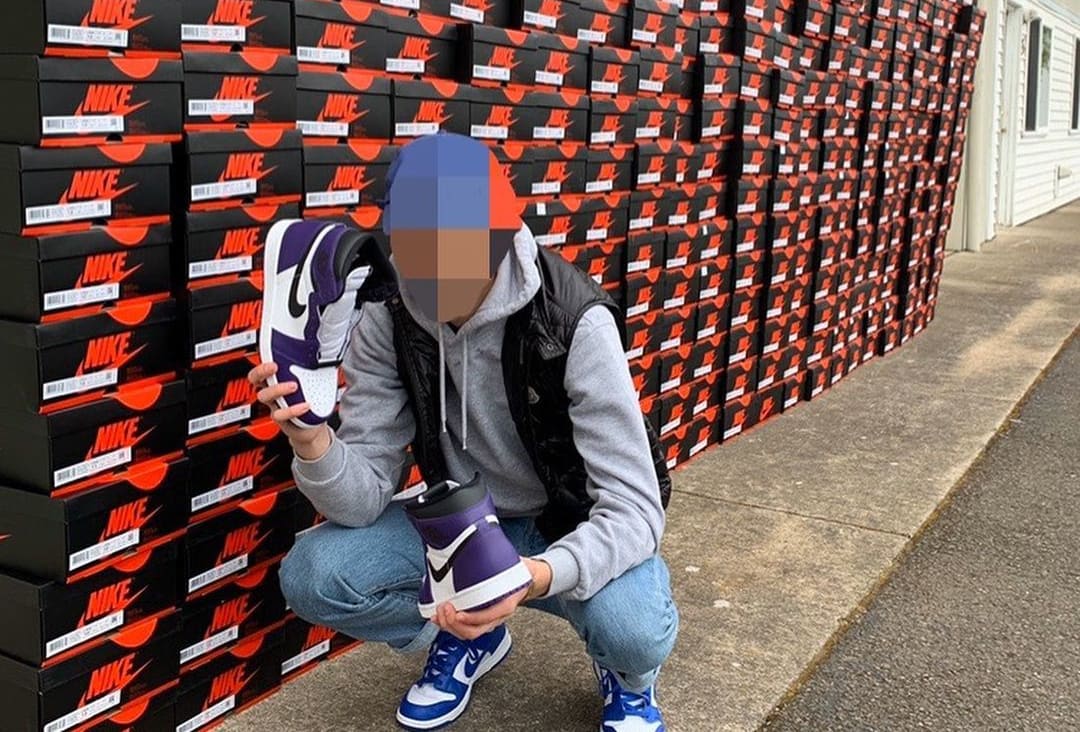
What are Nike’s next steps toward accomplishing these things? When addressing employees last week, Donahoe pledged that the company would confront the reality of the situation around Hebert’s exit and learn from it. He spoke of doubling down on anti-bot technology. He made consumer trust around sneaker releases a top priority, saying that Nike would evaluate its end-to-end launch process through both its own channels and its retail partners. He’s tasked SNKRS global VP Ron Faris, Nike CMO DJ van Hameren, direct VP Daniel Heaf, and president of consumer and marketplace Heidi O’Neill with executing this. The timeline is short—Donahoe said that within a month he and the leadership team would have clarity for the company on how it plans to proceed.
Even if Nike fails in the short term to regain the trust of its most rabid followers, its sales are not likely to suffer. People still react like addicts to each drop, trying to purchase through the pain. Nike’s digital business was up 54 percent on a currency-neutral basis in the last quarter, with North America alone accounting for a billion dollars in digital revenue. Engagement is up, too: Donahoe said on a company earnings call on Thursday that SNKRS quadrupled its engagement rate of monthly active users compared to the same period last year.
So the resentment has not yet slowed the pace of product moving off the shelves in any material way. It still sullies the experience of buying cool sneakers, though, eroding a sense of joy or positivity in the community around them. This makes them look less like cultural items and more like, as Bloomberg Businessweek framed it in the story that sparked Hebert’s exit, an asset class. It leaves the most vocal brand fans feeling like the system is busted. If Nike cares to correct this, the time is now.

